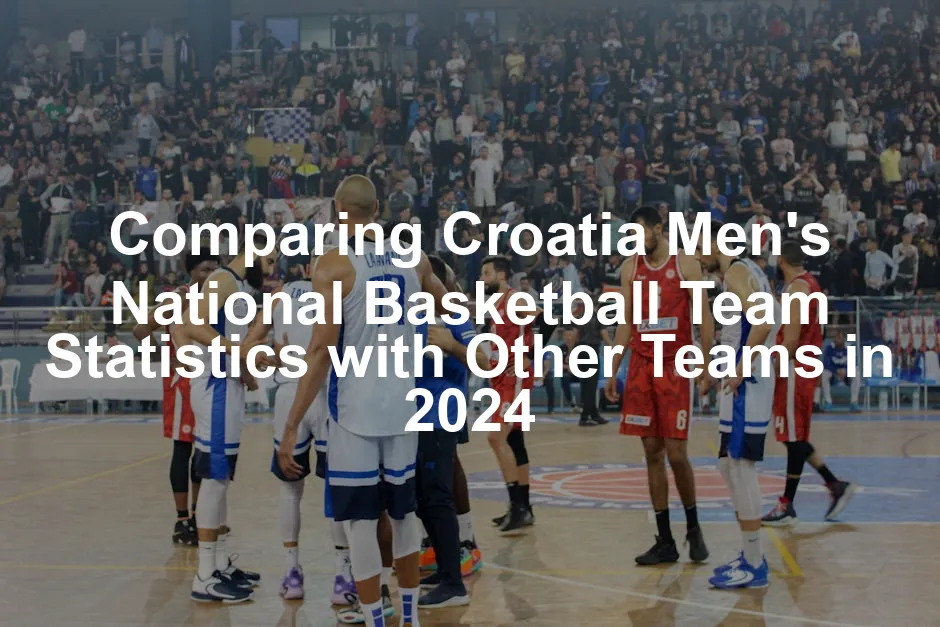Introduction
In basketball, every point counts, and every rebound matters. Statistical analysis has become essential for understanding team performance. As the Croatia Men’s National Basketball Team gears up for a competitive 2024 season, fans, analysts, and coaches alike are eager to examine the numbers that define their game. This article will dissect Croatia’s stats, comparing them with other international teams, to uncover insights that could shape strategies and expectations.
Croatia has a rich basketball history, and this year will be no different. The team aims to build on past successes while facing fierce competition from powerhouses like Slovenia and Greece. Key statistics will be analyzed, including points per game, shooting efficiency, and rebounding metrics.
What makes stats fascinating is how they tell the story of the game. For instance, a high points per game (PPG) indicates offensive prowess, while strong rebounding stats suggest control of the game’s tempo. Understanding these aspects can inform coaching decisions and enhance player development. By comparing Croatia’s performance to other nations, we can gain a clearer picture of the team’s current standing and future potential.
As we move further into the season, insights from statistical comparisons will become crucial. They can highlight strengths to be leveraged and weaknesses needing improvement. Whether you’re a die-hard fan or a casual observer, understanding these numbers will enrich your appreciation of the game. Buckle up as we break down the stats and see how Croatia stacks up against the competition in 2024!

Summary of Key Points
Statistics provide a comprehensive look into a team’s strengths and weaknesses, influencing coaching decisions and player development. In basketball, key performance indicators (KPIs) such as points per game (PPG), shooting percentages, assists, rebounds, and defensive statistics define a team’s success. For Croatia, analyzing these metrics is vital for understanding where they excel and where improvements are needed.
Situational efficiency is another critical area to assess. It reveals how players perform under different game conditions, impacting strategy and outcomes. A deeper understanding of historical context will also inform current expectations, as Croatia has a storied basketball legacy with previous successes in major tournaments.
When conducting a comparative analysis, it’s essential to look at how Croatia’s statistics stack up against other national teams in the 2024 season. For example, standout players may significantly influence overall performance. Insights gained from this analysis can have practical applications, guiding coaching strategies and informing player recruitment and training regimens.
Ultimately, the goal is to leverage statistical insights to enhance Croatia’s performance on the international stage. This comprehensive understanding can lead to informed decisions that push the team toward success in upcoming competitions. With a mix of historical context and current data, Croatia’s basketball journey continues to evolve, and the upcoming season holds great promise for fans and players alike.

The Role of Statistics in Basketball
Overview of Basketball Analytics
Commonly Used Statistics
In basketball, statistics can feel like a buffet. There’s something for everyone! Basic stats like points, assists, and rebounds are the bread and butter of performance analysis. Points scored are crucial, but how players contribute to those points reveals deeper insights.
Assists showcase teamwork. A high assist total indicates a player’s ability to create opportunities for teammates. Then there are rebounds, representing a player’s dominance on the court. Offensive rebounds mean second chances, while defensive ones deny opponents scoring opportunities.
Advanced metrics are where the magic happens. Player Efficiency Rating (PER) combines various stats into one value, capturing a player’s overall contribution. Effective Field Goal Percentage (eFG%) takes it a step further by valuing three-pointers more than two-pointers, providing a clearer picture of shooting effectiveness.
With these statistics, teams like Croatia can analyze their performance and devise strategies to improve. It’s all about using the right numbers to drive success on the court.

Analyzing Key Performance Indicators
Points per Game (PPG)
Points per Game (PPG) is the crown jewel of basketball stats. For Croatia, the 2024 season began with promising numbers. With Ivica Zubac leading the charge, they averaged 85.8 points per game. However, it isn’t just about scoring; it’s about how they score.
Croatia’s shooting efficiency plays a pivotal role. They focus on shot selection, opting for high-quality shots rather than sheer volume. This strategy sets them apart. Compared to teams like Slovenia, who often rely on fast breaks, Croatia’s calculated approach leads to more sustainable scoring.

Rebounding and Assists
Rebounding is where Croatia shines. They’ve consistently maintained a strong rebounding average, with Zubac pulling down an impressive 11.3 rebounds per game. This dominance in rebounding translates to better control over the game’s tempo. To further enhance your training, consider adding a Basketball Training Equipment Set to your regimen!
Assist-to-turnover ratios reveal more about Croatia’s gameplay. A higher ratio signifies smart playmaking, crucial for success. Dario Saric’s 5.5 assists per game exemplify this. When compared to top-performing teams, Croatia’s ability to maintain a solid ratio shows their commitment to teamwork and efficiency.
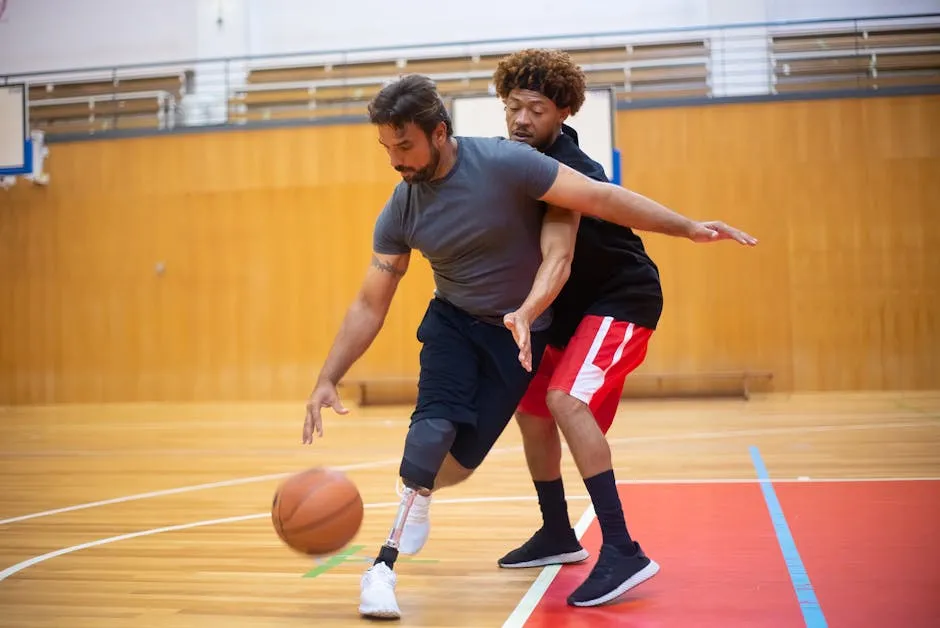
Defensive Metrics
Defense wins games, and Croatia knows this well. Their defensive statistics, including steals and blocks, are vital in evaluating their capabilities. With Zubac’s presence in the paint, they boast a formidable defense. His shot-blocking ability creates hesitance among opponents, leading to fewer successful scoring attempts.
Moreover, defensive rebounds are essential. They prevent second-chance points, keeping the opponent from capitalizing on missed shots. Croatia’s focus on defensive metrics underscores their strategy of controlling the game and limiting their rivals’ scoring opportunities. To keep those muscles ready for action, don’t forget to check out a Foam Roller for Muscle Recovery!
By analyzing these key performance indicators, Croatia can fine-tune their strategies. Each metric offers insights into their strengths and weaknesses, ultimately guiding them towards success on the international stage.

Situational Efficiency Parameters
Understanding Situational Efficiency
Situational efficiency is a critical concept in basketball analytics. It measures how well players perform in specific game situations, especially under pressure. This metric helps teams identify which players thrive during clutch moments or in high-stakes scenarios. For the Croatia Men’s National Basketball Team, situational efficiency shines a light on player performance when the game is on the line.
High-pressure situations can be nerve-wracking. Yet, some Croatian players excel when the stakes are highest. Understanding these dynamics allows coaches to make informed decisions about game strategies. For instance, knowing which players are most reliable in crunch time can dictate late-game plays. This information is invaluable, especially when facing tough opponents like Slovenia or Greece.

Case Studies
Let’s look at a few Croatian players who exemplify situational efficiency. Ivica Zubac, for instance, is a standout. In recent matches, Zubac has consistently delivered in crucial moments. His ability to score and rebound effectively under pressure has made him a vital asset for the team. Want to show your support? Grab an Ivica Zubac Jersey!
Another player worth noting is Dario Saric. His versatility allows him to create opportunities for teammates while maintaining his scoring prowess. Saric thrives when the game gets tight, showcasing his ability to handle pressure. Coaches have noted how his leadership in key moments can change the tide of a game.
Moreover, Mario Hezonja has also proven his mettle. His knack for making pivotal shots in crucial situations highlights his situational efficiency. A memorable instance was during a recent qualifier where he made consecutive three-pointers to shift momentum. Such displays not only boost team morale but also instill confidence among players.
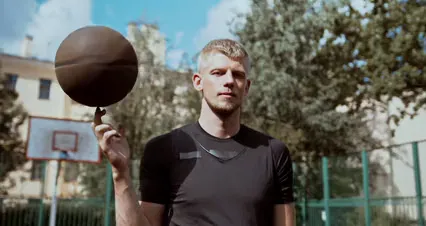
Application of Findings
Insights from situational efficiency studies can dramatically influence coaching strategies. If a player consistently performs well in pressure situations, it makes sense to design late-game plays around them. This can enhance the team’s chances of winning close matches.
Furthermore, understanding these dynamics assists in player development. Coaches can tailor training regimens to simulate high-pressure scenarios. By practicing under pressure, players can improve their performance in actual games.
Ultimately, situational efficiency is not just a stat; it’s a tool that can be wielded to maximize performance. Coaches who leverage this data can create more effective game plans. As Croatia continues to compete on the international stage, harnessing insights from situational efficiency will be crucial for success.

Statistical Tools and Methodologies
Regression Analysis
Regression analysis is a powerful statistical tool that helps identify relationships between performance metrics and game outcomes. By analyzing various factors, coaches can pinpoint which elements significantly influence a team’s success. For Croatia, this could mean examining how shooting percentages correlate with wins.
For example, if data shows that higher three-point shooting leads to more victories, Croatia can adjust its strategy accordingly. This analysis allows teams to make data-driven decisions that enhance performance.

Performance Indices
Performance indices are another vital component of basketball analytics. These indices evaluate player efficiency by combining multiple stats into a single value. For Croatia, tracking these indices can provide a clearer picture of individual contributions.
Using performance indices, coaches can quickly compare players. This information is crucial for making decisions about rotations and strategies during games. A player with a high efficiency index might warrant more playing time, particularly in competitive matches against teams like France or Slovenia.
In summary, employing statistical tools like regression analysis and performance indices can transform how Croatia approaches game strategy and player development. By leveraging these methodologies, they can enhance their competitive edge on the court.

Historical Trends and Performance Analysis
Evolution of Croatian Basketball
Croatian basketball has a rich history that began post-independence. The national team first made waves during the 1992 Barcelona Olympics, clinching a silver medal. This monumental achievement set the stage for Croatia’s prominence in international basketball. Over the years, Croatia has participated in numerous prestigious tournaments, including the FIBA World Cup and EuroBasket.
In the late 1990s and early 2000s, Croatia continued to be a competitive force. The team secured a bronze medal at the 1994 FIBA World Cup and reached the semifinals in EuroBasket 1993 and 1995. However, the years following their early success were marked by inconsistencies. Several qualifications for major tournaments were missed, leaving fans yearning for a resurgence.
Recently, the team has shown signs of revival. With a new generation of talented players, Croatia is now aiming to reclaim its former glory. The statistics indicate a positive trend in performance metrics, with a focus on enhancing team cohesion and strategic play. For instance, the assist-to-turnover ratio has improved significantly, reflecting better decision-making on the court. Moreover, Croatia’s rebounding stats have risen, underscoring their commitment to controlling the game.

Recent Performance Metrics
As the Croatia Men’s National Basketball Team enters the 2024 season, the stats tell an encouraging story. The team is averaging 85.8 points per game, showcasing a well-rounded offensive strategy. Ivica Zubac leads the charge with an impressive average of 22.8 points and 11.3 rebounds per game. His dominance in the paint is complemented by Dario Saric, contributing 16.5 points and 5.5 assists per game.
Rebounding has become a cornerstone of Croatia’s game plan. The team has effectively capitalized on second-chance opportunities, leading to increased scoring potential. Croatia’s average of 37.5 rebounds per game highlights their commitment to controlling the boards. This sustained focus on rebounding has translated into better defensive performance, limiting opponents to fewer scoring chances.
Furthermore, the assist metric has seen improvement, with the team’s average climbing to 23.5 assists per game. This increase indicates a shift towards unselfish play and teamwork, essential components for success in high-pressure situations. As they compare with other teams, Croatia’s performance metrics suggest they are not just aiming to compete but to dominate.
These recent trends showcase a national team that is evolving and adapting, ready to take on the challenges of the 2024 season with renewed vigor and determination. And for those game days, you might want to grab a Portable Basketball Hoop for some practice!

Practical Applications of Statistical Analysis
Coaching Strategies
Statistical analysis plays a pivotal role in shaping effective coaching strategies. Coaches utilize performance metrics to identify strengths and weaknesses within their teams. For Croatia, these insights inform game plans tailored to maximize their advantages. By analyzing data from previous games, coaches can develop targeted strategies that exploit opponents’ vulnerabilities.
For example, if statistics reveal that the opposing team struggles with defending the perimeter, Croatia’s coaching staff may prioritize three-point shooting in their game plan. This data-driven approach helps the team make informed decisions, ensuring they are well-prepared for each matchup.
In essence, statistical analysis turns numbers into actionable insights, guiding coaches in crafting strategies that enhance performance and improve chances of victory. To fuel your own performance, consider a Protein Powder that fits your nutrition needs!
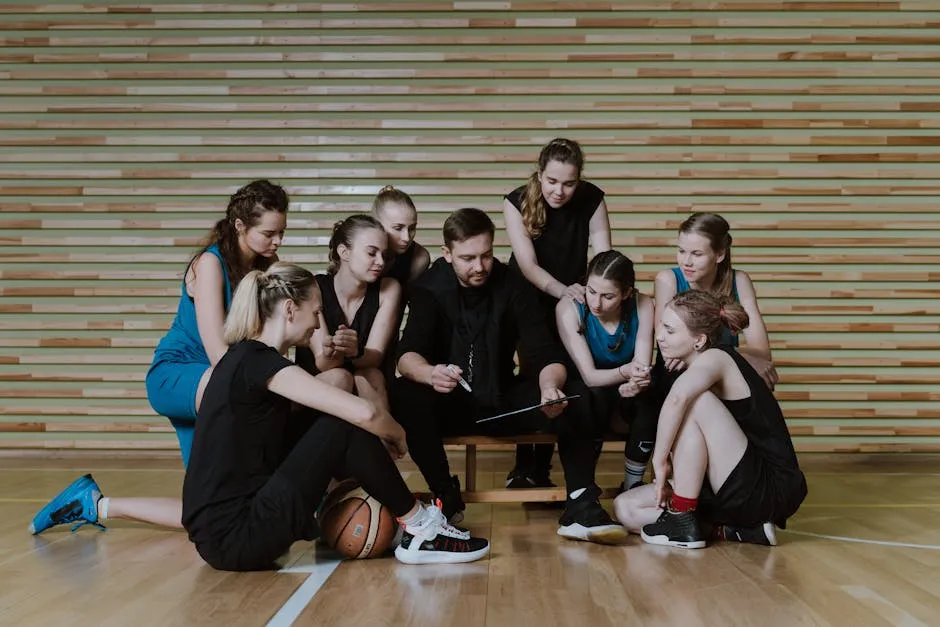
Player Development
Statistics are invaluable for player development as well. Coaches can leverage insights from performance metrics to pinpoint areas for improvement. For instance, if a player’s assist-to-turnover ratio is low, targeted training sessions can focus on enhancing decision-making under pressure.
Furthermore, analyzing situational efficiency allows coaches to understand how players perform in critical moments. This knowledge enables more effective training regimens, simulating high-pressure situations to help players develop their skills.
In addition, tracking individual player statistics over time offers a clear picture of growth. As players see their metrics improve, it fosters a sense of accomplishment and motivation. Ultimately, utilizing statistical insights ensures that coaching efforts align with player development goals, leading to a stronger, more cohesive team on the court.
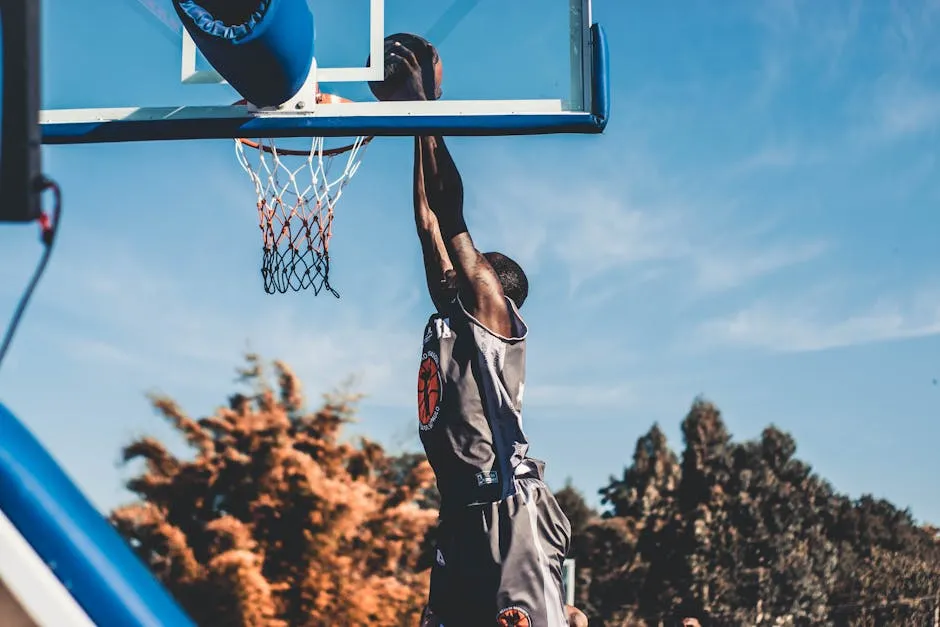
Conclusion
In conclusion, the statistical analysis of the Croatia Men’s National Basketball Team reveals a wealth of insights that can guide future performance. By closely examining key metrics and comparing them with rival teams, coaches and analysts can make informed decisions that enhance team strategy and player development. Croatia has a proud basketball history, and understanding how their stats stack up against others is crucial for progress.
As we look ahead to international competitions in 2024, embracing a data-driven approach will be vital. Key performance indicators like points per game, rebounds, and assists provide a framework for improvement. This analysis not only highlights Croatia’s strengths but also reveals areas needing attention.
For instance, Croatia’s rebounding prowess is commendable, with Ivica Zubac leading the charge. However, consistency in shooting efficiency remains an area for growth. By pinpointing these metrics, coaches can tailor strategies that capitalize on strengths while addressing weaknesses.
Moreover, situational efficiency will play a significant role in high-pressure games. Players like Dario Saric and Mario Hezonja have shown promise in clutch moments. Analyzing their performance under pressure can help coaches develop game plans that maximize their impact.
Ultimately, the goal is to leverage statistical insights to boost Croatia’s performance on the international stage. The upcoming season holds promise, and with a commitment to improvement through analytics, Croatia can aspire to reclaim its position among basketball elites. Let’s rally behind the team as they aim for success in 2024!
FAQs
What are the most important statistics to analyze for a basketball team?
Key statistics include points per game (PPG), shooting percentages, rebounds, assists, and defensive metrics. These indicators provide a comprehensive view of team performance and individual contributions.
How can I access detailed statistics for the Croatian Men’s National Basketball Team?
Comprehensive statistics can be found on sports databases and official league websites. Sites like FIBA and basketball-reference.com are excellent resources for up-to-date performance metrics.
What statistical tools are recommended for basketball analysis?
Popular tools include Excel for data management, R and Python for statistical modeling, and specialized software like Synergy Sports for in-depth game analysis. These tools help teams track performance and develop strategies.
How does situational efficiency differ from regular performance metrics?
Situational efficiency measures a player’s performance in specific game contexts, such as clutch situations, while regular metrics provide an overall view without accounting for context. Understanding both is crucial for comprehensive analysis.
Can this analysis be applied to other sports?
Yes, many analytical methods used in basketball can be adapted for various sports. Techniques like performance metrics, situational analysis, and statistical modeling enhance performance evaluation across different athletic disciplines.
Please let us know what you think about our content by leaving a comment down below!
Thank you for reading till here 🙂
For a deeper understanding of statistical learning in basketball, check out this resource on an introduction to statistical learning with python book length.
All images from Pexels

